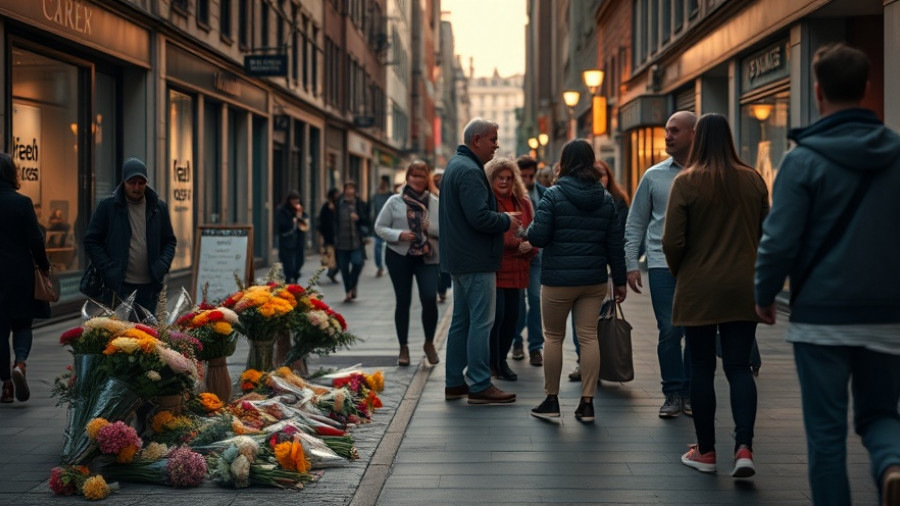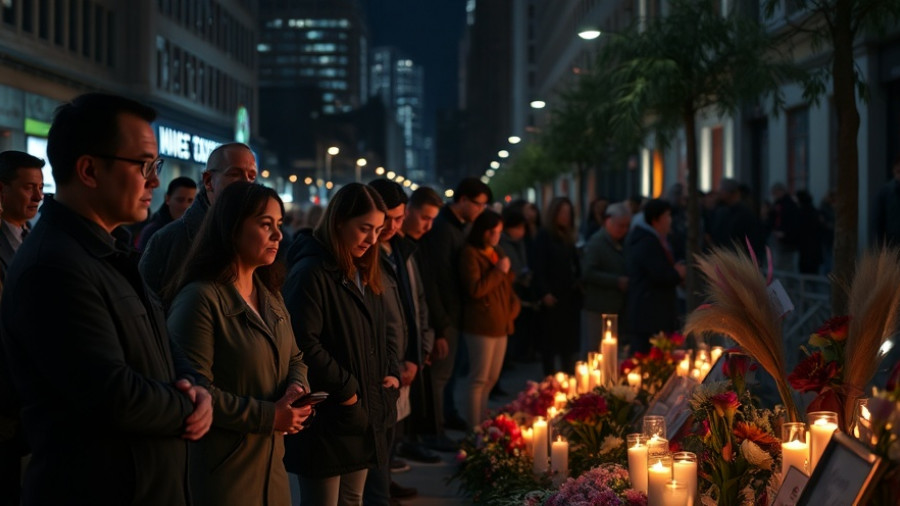
The Unraveling Safety Narrative on Second Street
In recent years, Second Street has morphed from a vibrant nightlife destination to a hotspot for violence, raising alarm bells for residents and business owners alike. As recent incidents have demonstrated, including a series of tragic shootings and stabbings that have left the community on edge, the need for a cohesive, structured response from local authorities is paramount. The narrative surrounding public safety in this area can no longer afford to be crafted in isolation, utilizing a mere patchwork of community meetings and 'Know Your Limit' campaigns.
Tackling Violence with Collective Action
The absence of a formal liaison program between the Long Beach Police Department and the bar owners along Second Street is glaring. As Stephen Downing points out, the lack of ongoing safety protocols prevents a collective approach to address rising violence effectively. Research suggests that well-coordinated nightlife management systems can significantly deter criminal activity. Regular meetings and established protocols between law enforcement and bar owners could prevent violent disputes from escalating by fostering environment controls and training staff on de-escalation.
A Call for Community Involvement
Community meetings and outreach can be invaluable, especially when they bring together diverse stakeholders—residents, business owners, and law enforcement. Similar to efforts undertaken in Chicago, where city officials are implementing collaborative safety plans to combat rising violence, it’s crucial for Long Beach leaders to adopt a similar model. Such integration could lead to strategies that not only signal enforcement but also foster community engagement, helping to re-establish a sense of safety along Second Street.
Implementing Proactive Strategies
Strategic recommendations for Second Street, like those made by Downing, emphasize creating a Nightlife Safety Working Group. This collaborative body could review incident data, identify patterns, and tailor police responses accordingly. By instituting mandatory training for bar staff and establishing incident reporting protocols paired with defined closing times, venues can better equip themselves to handle conflicts proactively. This structured method has been shown to work in various cities, and certainly could be the answer for Long Beach.
Beyond Nightlife: Addressing Broader Social Issues
Nightlife violence can't be addressed in a vacuum. Issues such as late-night drinking, the presence of intoxicated patrons in surrounding areas, and the need for greater accountability within bars all contribute to a potential powder keg situation. Just as community efforts in Chicago focus on preventing violence by building local resources and improving public spaces, similar initiatives in Long Beach can promote safety and community spirit.
The Importance of Proactive Leadership
The police and political figures in Long Beach must step up—not only to respond to violent incidents but to create an environment of ongoing communication and preparation. As advocated by both Downing and community members, leadership isn't just about issuing condolences following tragic events but about taking the necessary steps to prevent them altogether. A visible commitment to proactive measures would go a long way in restoring trust and safety to the hearts of Second Street’s patrons.
What Needs to Happen Next
Establishing a tangible nightlife safety program, tapping into community insights, and fostering cooperative efforts between multiple stakeholders will be essential for Second Street’s revitalization. The timeline for these changes can't wait long; the community’s safety and sanity hang in the balance as susceptibility to violence increases. With swift action, there’s potential for Second Street to reclaim its identity as not just a nightlife hub, but a safe gathering place.
The aim should be clear: a collaborative effort to ensure that Second Street not only thrives as a nightlife destination but does so with the safety and well-being of its community at its forefront.
 Add Row
Add Row  Add
Add 




Write A Comment